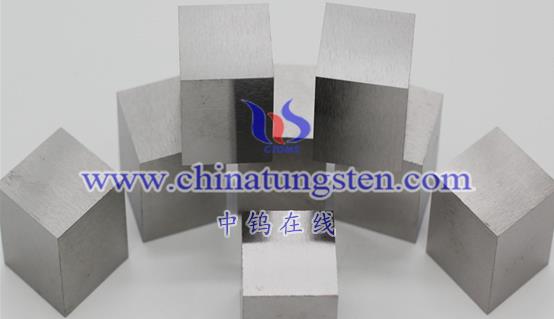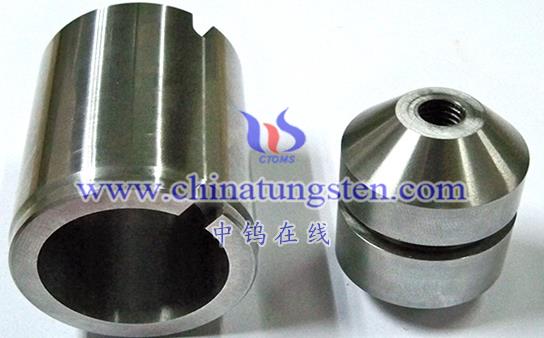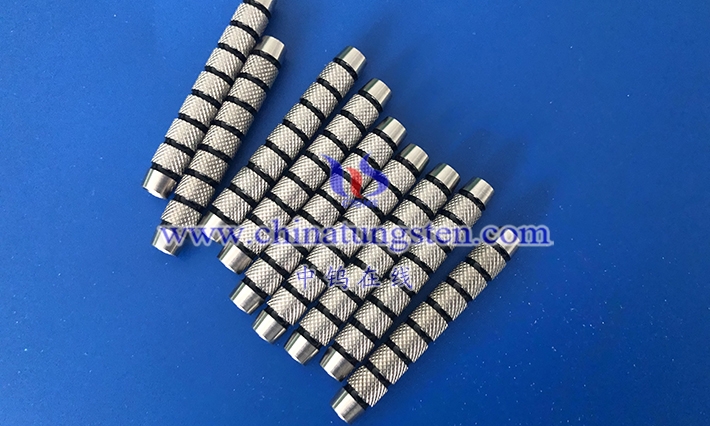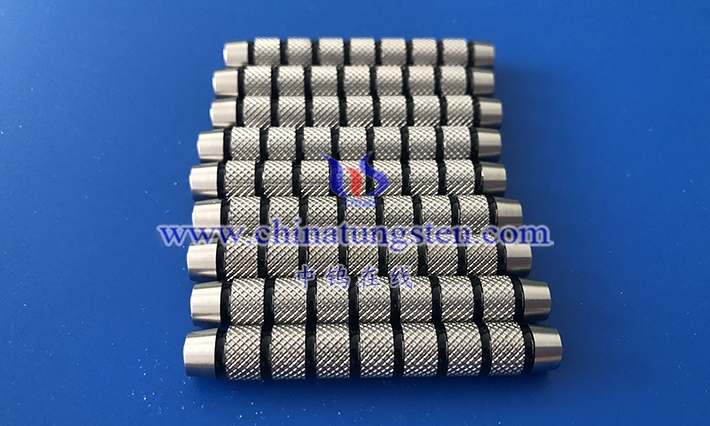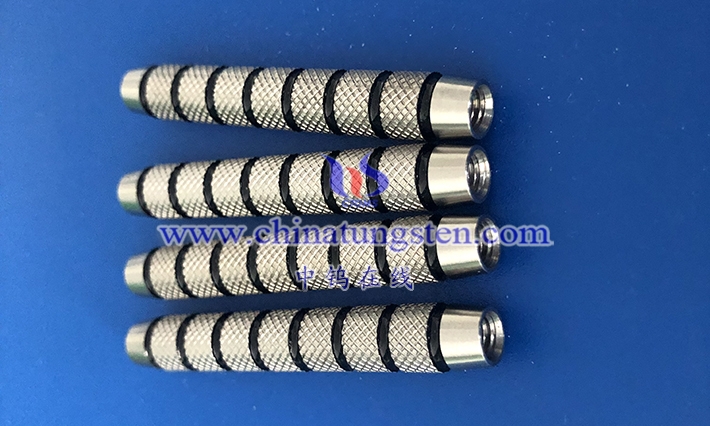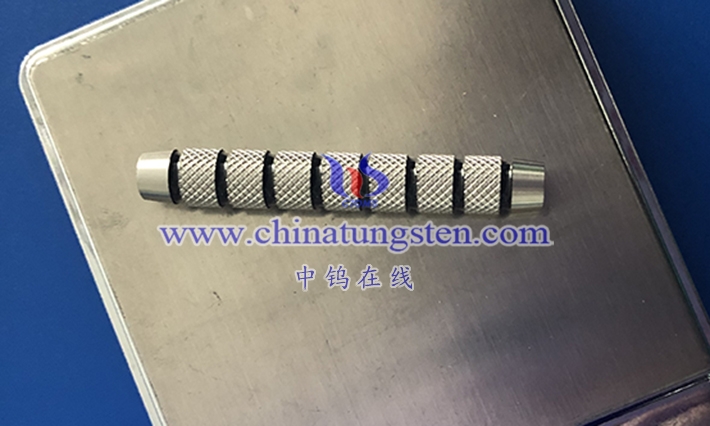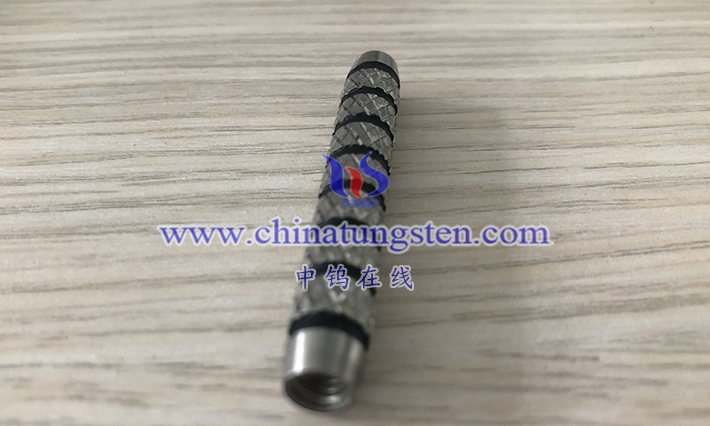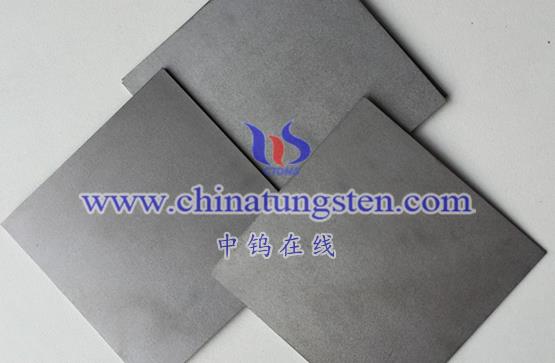
Disadvantages of 90 WMoNiFe alloy cooling inserts
High cost
Due to the high content of rare metal elements such as tungsten and molybdenum, the raw material price of 90 WMoNiFe alloy is relatively expensive, resulting in a high cost of cooling inserts.
High cost may limit the use of the alloy in some low-cost application areas.
Difficult processing:
Due to the high hardness and high strength of 90 WMoNiFe alloy, it is relatively difficult to perform processing operations such as cutting and drilling on it, requiring special processing equipment and technology.
Problems such as fast tool wear and low processing efficiency may occur during processing.
Large thermal expansion coefficient:
Compared with some traditional materials, 90 WMoNiFe alloy has a larger thermal expansion coefficient, which means that at high temperatures, the dimensional changes of the alloy may be more obvious.
This may have a certain impact on the precision and stability of the mold, especially in applications where precise size control is required.
Application scenarios of 90 WMoNiFe alloy cooling inserts
Despite the above-mentioned disadvantages of 90 WMoNiFe alloy cooling inserts, their excellent performance still makes them irreplaceable advantages in specific application scenarios. The following are its main application scenarios:
High temperature working environment:
90 WMoNiFe alloy cooling inserts are suitable for molds that need to withstand high temperatures, such as die-casting molds, hot forging molds, etc.
In these applications, the high temperature stability and excellent thermal conductivity of the alloy can ensure that the mold maintains stable performance at high temperatures, improving production efficiency and product quality.
High wear resistance requirements:
For molds that need to work continuously for a long time and have high wear resistance requirements, such as stamping molds, stretching molds, etc., 90 WMoNiFe alloy cooling inserts can provide good wear resistance and extend the service life of the mold.
Special material processing:
When processing some special materials, such as high melting point metals, alloys or composite materials, the high temperature stability and corrosion resistance of 90 WMoNiFe alloy cooling inserts can ensure the stability and reliability of the mold during the processing of these materials.
Although 90 WMoNiFe alloy cooling inserts have some disadvantages in terms of cost, processing difficulty and thermal expansion coefficient, their excellent high temperature stability, thermal conductivity and wear resistance make them irreplaceable in specific application scenarios. With the continuous advancement of process technology and the gradual reduction of costs, the application field of 90 WMoNiFe alloy cooling inserts is expected to expand further.
More details of tungsten alloy product, please visit website: http://tungsten-alloy.com/
Please contact CHINATUNGSTEN for inquiry and order of tungsten alloy:
Email: sales@chinatungsten.com
Tel.: 86 592 5129595
